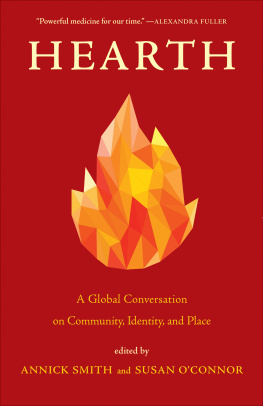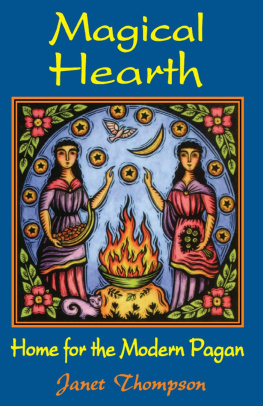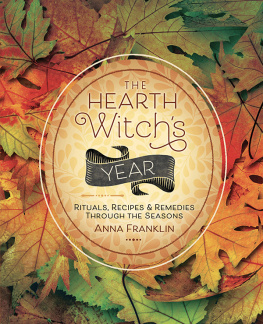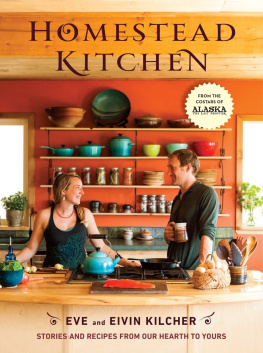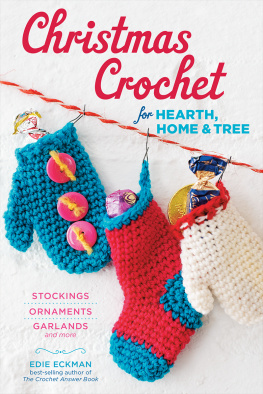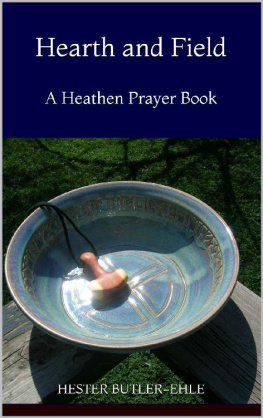
HEARTH
HEARTH
A Global Conversation on Community, Identity, and Place
Edited by Annick Smith and Susan OConnor
with contributing editor Helen Whybrow
MILKWEED EDITIONS
2018. Selection, arrangement, and preface by Susan OConnor and Annick Smith. Individual contributions are protected by copyright and reprinted with permission.
All rights reserved. Except for brief quotations in critical articles or reviews, no part of this book may be reproduced in any manner without prior written permission from the publisher: Milkweed Editions, 1011 Washington Avenue South, Suite 300, Minneapolis, Minnesota 55415.
(800) 520-6455
milkweed.org
Published 2018 by Milkweed Editions
Printed in Canada
Cover design by Mary Austin Speaker
Cover illustration by goodwin_x / Shutterstock
18 19 20 21 22 5 4 3 2 1
First Edition
Milkweed Editions, an independent nonprofit publisher, gratefully acknowledges sustaining support from the Jerome Foundation; the Lindquist & Vennum Foundation; the McKnight Foundation; the National Endowment for the Arts; the Target Foundation; and other generous contributions from foundations, corporations, and individuals. Also, this activity is made possible by the voters of Minnesota through a Minnesota State Arts Board Operating Support grant, thanks to a legislative appropriation from the arts and cultural heritage fund, and a grant from Wells Fargo. For a full listing of Milkweed Editions supporters, please visit milkweed.org.

Library of Congress Cataloging-in-Publication Data
Names: OConnor, Susan, editor. | Smith, Annick, 1936-editor. | Whybrow, Helen, editor.
Title: Hearth : a global conversation on community, identity, and place /edited by Susan OConnor and Annick Smith ; with contributing editor Helen Whybrow.
Description: First edition. | Minneapolis, Minnesota : Milkweed Editions, 2018. | Includes bibliographical references and index.
Identifiers: LCCN 2018011459 (print) | LCCN 2018033315 (ebook) | ISBN 9781571319890 (ebook) | ISBN 9781571313799 | ISBN 9781571313799 (cloth ; alk. paper) |
Subjects: LCSH: Hearths--Social aspects.
Classification: LCC GT420 (ebook) | LCC GT420 .H43 2018 (print) | DDC 392.3/6--dc23
LC record available at https://lccn.loc.gov/2018011459
Milkweed Editions is committed to ecological stewardship. We strive to align our book production practices with this principle, and to reduce the impact of our operations in the environment. We are a member of the Green Press Initiative, a nonprofit coalition of publishers, manufacturers, and authors working to protect the worlds endangered forests and conserve natural resources. Hearth was printed on acid-free 100% postconsumer-waste paper by Friesens Corporation.
For those who have lost their hearths and those seeking new ones
Contents
W. S. MERWIN,
ANNICK SMITH AND SUSAN OCONNOR,
BARRY LOPEZ,
NATASHA TRETHEWEY,
BILL MCKIBBEN,
LUIS ALBERTO URREA,
ANDREW LAM,
YVONNE ADHIAMBO OWUOR,
CHIGOZIE OBIOMA,
PICO IYER,
GERUR KRISTN,
ALISA GANIEVA,
ZO STRACHAN,
JANE HIRSHFIELD,
PUALANI KANAHELE,
SARA BAUME,
CARL SAFINA,
GRETEL EHRLICH,
INTIZAR HUSAIN,
BOEY KIM CHENG,
KAVERY NAMBISAN,
FRANK STEWART,
AMEENA HUSSEIN,
SEBASTIO SALGADO,
TONY BIRCH,
CHRISTOPHER MERRILL,
MIHAELA MOSCALIUC,
DEBRA MAGPIE EARLING,
GEFFREY DAVIS,
ANGIE CRUZ,
WILLIAM KITTREDGE,
MARK TREDINNICK,
MARY EVELYN TUCKER,
W. S. MERWIN,
HEARTH
Rain Light
W. S. MERWIN
All day the stars watch from long ago
my mother said I am going now
when you are alone you will be all right
whether or not you know you will know
look at the old house in the dawn rain
all the flowers are forms of water
the sun reminds them through a white cloud
touches the patchwork spread on the hill
the washed colors of the afterlife
that lived there long before you were born
see how they wake without question
even though the whole world is burning
from The Shadow of Sirius (Copper Canyon Press, 2009)
Keeping the Fire Alive
ANNICK SMITH AND SUSAN OCONNOR
O ur idea for a book about hearth started on the rim of the Klauea Volcano on Hawaiis Big Island. Pualani Kanaheles extended family was dancing a traditional hula at the edge of the vast crater. The dancers moved with rhythmic steps to the powerful beat of the ipo and Puas booming ritual chant. This was the opening ceremony for a gathering of environmental and cultural leaders that Susan had helped to organize.
Known throughout the islands, Aunty Pua is a revered elder, a teacher or kumu, and a friend to both of us. A few days after the hula ceremony, Pua spoke to the gathering and described her hearth as the volcano itself. Klauea, she said, is a living, creative, and continuous force tying her and her kin to earth and ocean and sky, to myth and tradition, to generations past, present, and futurethe chaos that begins and ends life over and over again.
Pua suggested ways to discover our own hearths. Invite guests to your home, and over a generous offering of food ask them where their hearth is. Where do they feel the pull of the earth? Where do they return over and over in body or in mind? What is their sanctuarytheir centering ground?
Months later, after a sumptuous meal at Susans home at the Valley of the Moon Ranch, we began the conversation that launched this book. Ive got a project for us to do, said Susan. Lets make a book about hearth. Annick warmed her hands over a blazing fire in Susans fireplace. Why, she wondered, do we need a book about something so obvious and good?
Remembering Puas instructions, Susan asked Annick, Wheres your hearth? Mine, she explained, is an ancient grove of larch and pines in the heart of our valley. Small wooden signs tacked onto the oldest guardian trees by the original settlers are what drew me to this refuge. They turned out to be Stations of the Cross. Ive walked those woods almost every day for the past twenty-five years, and theyve given me a sense of kinship with the moose and mountain lions, the squirrels in the forest, and the trout in the streams. Susan was talking about her connection, through place, to the entire biosphere.
Turning again to Annick, she asked, Whats your hearth of hearths? Annick pondered a moment. I guess its the log house we built in the meadow off Bear Creek Roadthats my home. But home is not necessarily a hearth like Puas volcano or Susans ancient grove. Annick shrugged. Maybe its the Red Rocks beach along the Blackfoot River, a kind of sacred place where I want my ashes to be scattered.
No, she smiled, I think its my grandmothers recipe for csirke papriks (chicken paprika). This is her HungarianJewish familys traditional meala recipe passed down to her mother, and to her and her sisters, and now to her four sons, and even her granddaughters, who love to make the galuska (dumplings) that are served with the chicken at family celebrations. The recipe is not a place but the symbol of a moveable feast upholding culture and identity and relationship through generationsa portable inner home.
We ended the evening determined to continue on the track of hearth. A conversation that began with a volcano, entered into a forest, and concluded with a grandmothers recipe could, we decided, be the impetus for a most intriguing book.
Next page
